POLICE are using officers with superhuman facial recognition abilities to help solve Queensland’s major crimes.
The Courier-Mail can reveal a trial of “super-recognisers” in Queensland involves police with the special ability of remembering faces to identify criminals by combing videos and images.
Commonwealth Games security’s facial recognition system did not work, report says
Travellers want to try facial recognition technology to pay
US terrorist detection technique BOSAR trialled in Queensland
As part of the Australia-first trial, the state’s homicide squad will use the super-recognisers to review CCTV footage to help in rapid identifications.
The team will also be used at major sporting events and mass gatherings watching live feeds and by criminal investigation branches to review footage of crimes.
The officers have an unexplained, but proven ability to remember faces which they have seen years earlier on the job or in their life.
They can also remember faces by flicking through mugshot databases.
Senior Sergeant Chris Tritton was the first officer in Queensland to be identified as a super-recogniser, and was awarded The Courier-Mail Police Scholarship to further his studies.
“It’s one to two per cent of the population that have these skills so we’d have 150-300 already in the service,” Sen-Sgt Tritton said.
“A lot of super-recognisers say they don’t realise they have anything.
“But there are times that you find you have to stop telling people as you get introduced ‘I’ve seen you at the shopping centre the other day’ as that creates an awkwardness.
“I had that happen recently – I met someone the week before I flew to Sydney, and he sat across at the terminal and I said ‘Oh you were on the flight to Sydney last week’ and you could see his face (thinking) ‘I’m a bit worried now’,” he said.
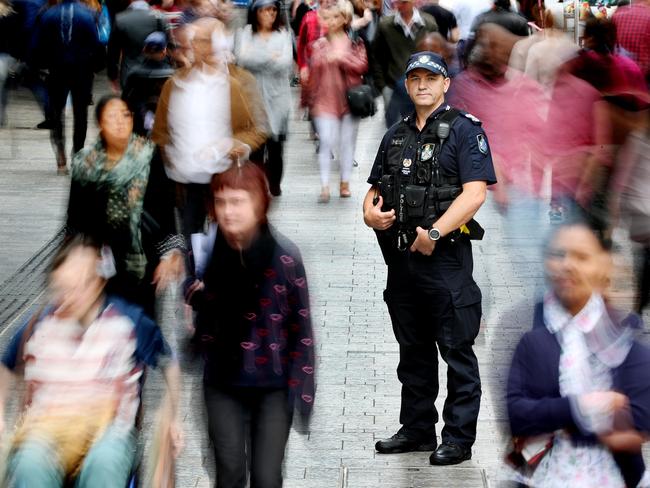
Sen-Sgt Tritton was tested by the University of Greenwich and University of New South Wales and found to be in the top one per cent of the population for facial recognition.
People with the ability are the opposite of those with prosopagnosia, known as face-blindness, and were effectively found as a result of research into the condition.
London’s Met Police began using super-recognisers after the 2011 London Riots, with hundreds of people identified by the experts.
Officer Gary Collins identified 190 people alone, including Stephen Prince, who had most of his face covered.
This was compared with one suspect identified through its computerised face recognition system.
Sen-Sgt Tritton said by 2016 one suspect was identified by the system compared to every 1000 suspects identified by a super-recogniser.
There are now 150 of the specialists working in London’s police divisions.
Super-recognisers have since been used to identify two Russian intelligence officers who poisoned Sergei Skripal and his daughter in England with weapons-grade nerve agent Novichok; to review the disappearance and murder of schoolgirl Alice Gross, later identifying and tracking Arnis Zalkalns, which led to police finding her body; in Cologne to advise German police following multiple sexual assaults in the city on New Year’s Eve 2015, and to track unidentified victims in footage of the Hillsborough Stadium disaster to place where they died for the inquest into the death of 96 Liverpool fans in 1989.
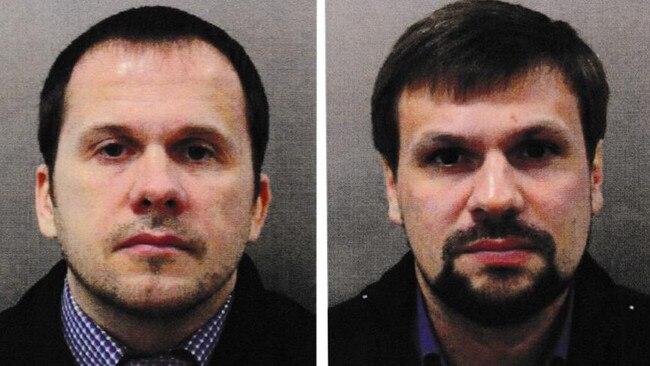
Identifications are made by the experts memorising suspects from previous policing or by reviewing mugshot databases.
“They’re not exactly sure on the science of it, it’s not at all a photographic memory, they even do tests with objects and flowers and guitars and people are low scoring on that,” Sen-Sgt Tritton said.
“It’s somehow the biometrics – even when they are younger, you can identify a person that’s aged 10 years.
“I focus between the middle of the nose and the rest becomes peripheral vision.”
The trial of super-recognisers is being held on the Gold Coast and Logan.
At major events, a concert or the Gold Coast 600, officers will be on the ground and watch live feeds and remove suspects before they get inside.
“(And in other investigations) homicide, if they are at a little bit of a stalemate with an incident that has CCTV, they will send it to us,” Sen-Sgt Tritton said.
In cases already solved, Sen-Sgt Tritton said he viewed footage of an assault and wounding at a tavern at Varsity Lakes and remembered dealing with the group 18 months earlier, leading to their arrest.
While setting up a new mugshot database he clicked through hundreds of images; later at a hospital he glanced at a man with a bruised eye as he was getting out of a lift.
“I went back to the station, looked him up, saw he was wanted on some warrants, let the Southport police know and he was arrested on that,” Sen-Sgt Tritton said.
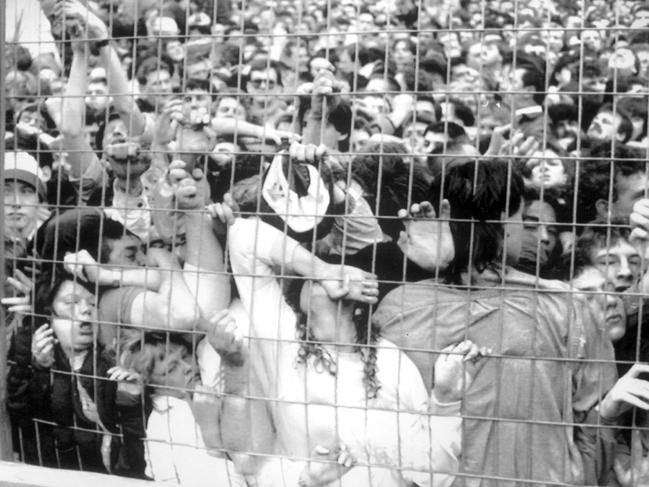
In another case a detective in Gladstone viewed footage on television and recognised a criminal’s distinctive limp and as a result he was linked to a robbery at Coomera.
“It is a bit like you are selling snake oil, there is scepticism to it... but everyone knows of a few officers who have always been great at this and they have been tested,” Sen-Sgt Tritton said.
As part of the Queensland trial, side profile mugshots will be taken when arrests are made to help when comparing to CCTV footage which can be on different angles.
The Queensland Police Service is also setting up new mugshot and CCTV databases.
Officers will begin their day by reviewing overnight footage of crimes.
“Super recognisers have been found to be faster and more accurate (than other officers),” he said.
“What they find in the UK, if I review the footage today ... in a couple of weeks when I watch more footage and that offender reappears the super-recogniser will recall that and that’s how they are linking so many offences.”
An expert in the field, Dr Josh Davis, tested police and civilian employees within the south eastern region this year.
Of the 71 who completed tests, 28 were found to be high scorers. Six were then found to be super-recognisers.
Super-recogniser tests may also be used in future recruiting to fast-track top candidates into the role.
The trial is expected to run for a year.
SUPER-RECOGNISERS ON THE CASE
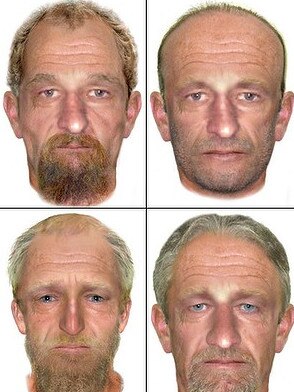
SUPER-recognisers have been asked to help find one of Australia’s most wanted criminals, a fugitive who has been on the run for more than two decades.
John Victor Bobak, a career criminal, is wanted over the execution-style murder of SP bookie Peter George Wade and his de facto Maureen Ambrose in their Surfers Paradise unit in 1991.
Ronald Henry Thomas was arrested in 1992 over his role in the murder.
Bobak would now be 69 and investigators say he previously lived in NSW and Queensland. Police thought he might be dead but now believe he is still alive.
Police have released artist’s impressions of what he may look like now, and say his tattoos are distinctive.
As part of renewed efforts to find him, investigators have sent CCTV of possible matches to the super-recogniser team.
Queensland’s first super-recogniser Senior Sergeant Chris Tritton said: “They’ve done some age progression and then they are finding some suspects that now look similar to the age progressions and they are sending to me and asking what is my opinion.”
A $250,000 reward is on offer for information which leads to Bobak’s capture.
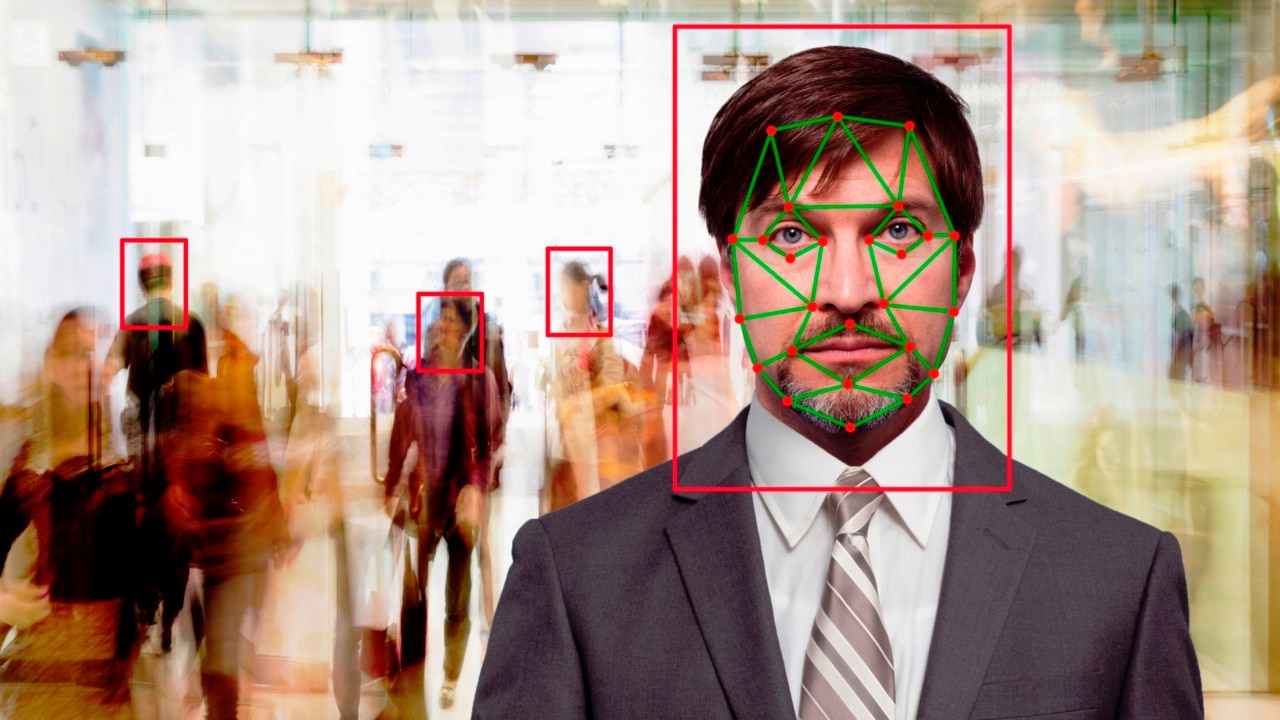

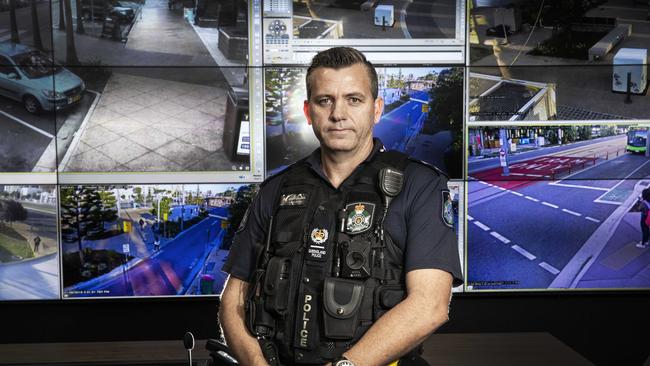
Add your comment to this story
To join the conversation, please log in. Don't have an account? Register
Join the conversation, you are commenting as Logout
DNA bombshell in Janine Balding murder case
It was a horrific murder that shocked the nation. A startling new discovery will now form part of a legal push by one of Janine Balding’s convicted killers.
TV actor turned terrorist walks free from jail
An actor who was arrested and convicted as part of Australia’s largest terrorism operation is a free man after serving over 18 years.